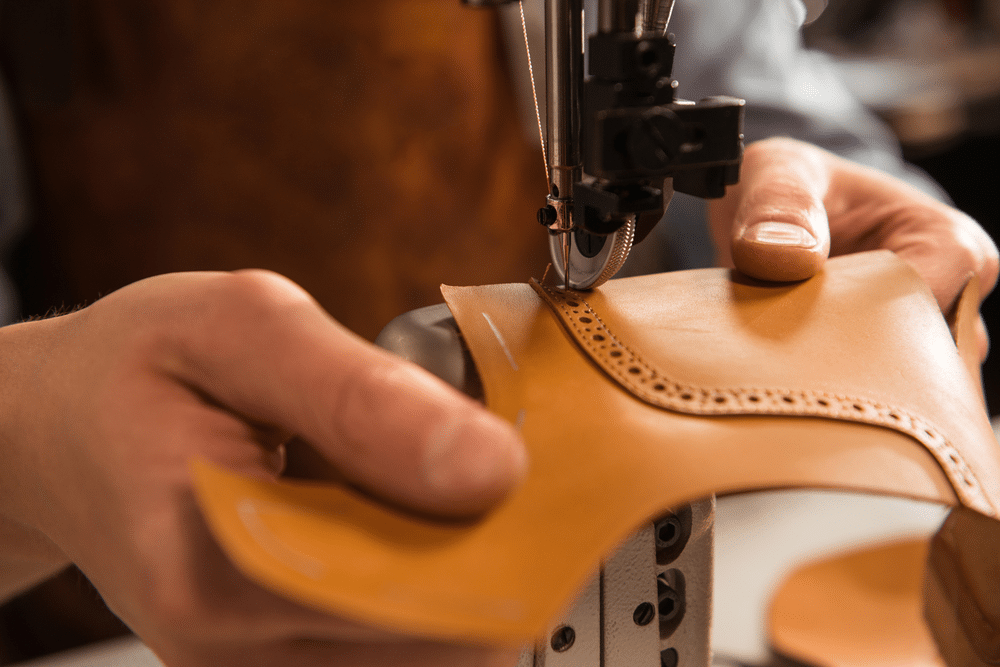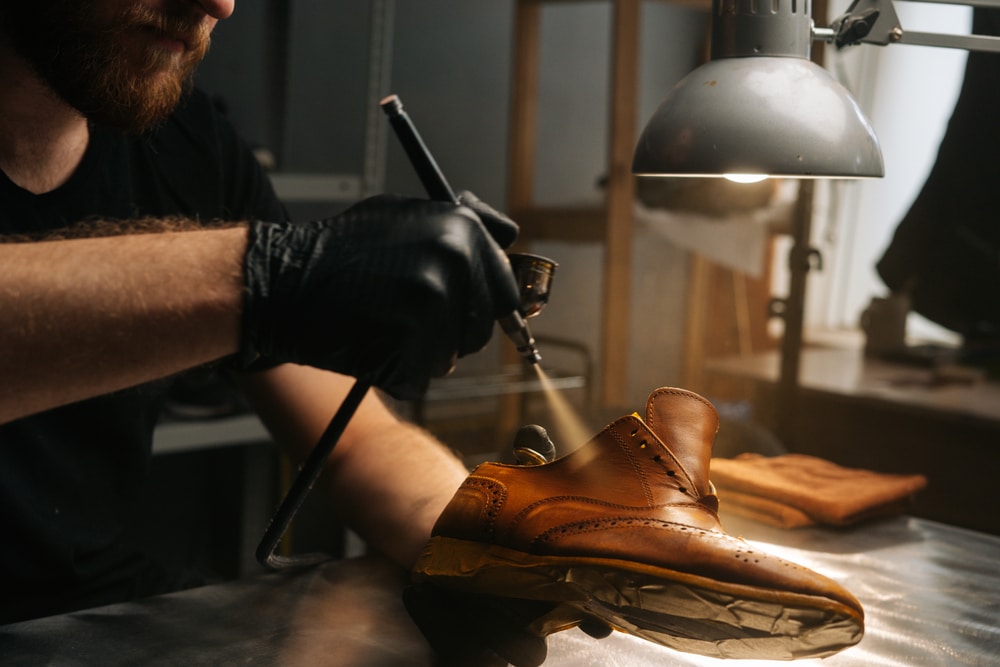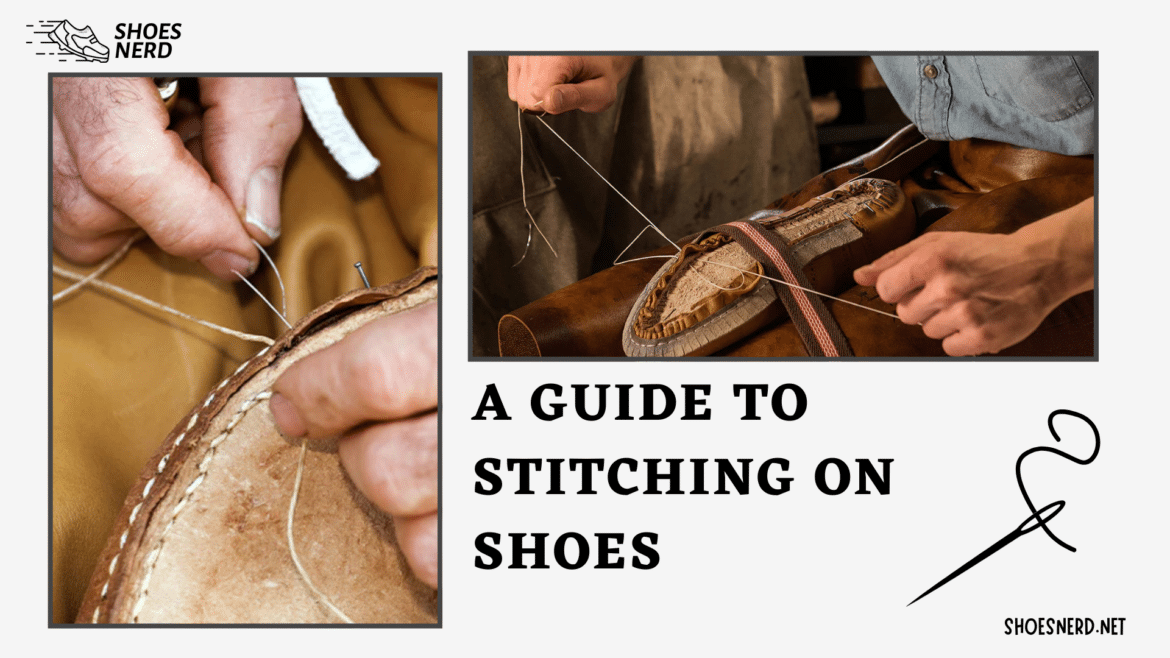Table of Contents
So, is your footwear worn out? Folks, it’s time to breathe new life into your shoes. For shoemaking and repair, stitching on shoes is useful. You may repair shoes, design customized ones, and DIY. You can precisely sew soles and other pieces with the correct techniques and materials. Also, the channel stitching machine will be used in the shoe manufacturing. The skilled worker can knit shoes in under a minute. Shoe stitching mixes art and practicality for repairs and creativity. Let us see why stitching on shoes is necessary.
Why Stitching on Shoes is Important?
Your footwear makes or breaks your look. But do you know why stitching on your shoes is necessary? Stitching on shoes is crucial for durability and design. Sewing shoes prevents sole separation, especially in boots, and extends their lifespan. Whether fixing shoe soles or creating unique footwear, stitching ensures longevity and strength.
- Prevent sole separation.
- Offer custom design options.
- Extend the life of your footwear.
Whether you’re repairing boots or experimenting with shoe sole DIY projects, sewing ensures your footwear lasts longer.

Tools and Materials for Sewing Shoes
Before you start sewing shoes, gather the right tools and materials;
- Heavy-duty thread: Durable and designed for stitching shoe soles or uppers.
- Needles: Curved or specialized needles for sewing boot soles and thick materials.
- Awl or punch tool: To create holes in tough parts of the shoe, like leather or rubber.
- Shoe adhesive (optional): For added reinforcement.
How to Sew a Shoe Sole: A Step-by-Step Guide
Learning how to make a sole and stitch it to the shoe bottom is a rewarding DIY skill. Follow these steps;
Prepare the Shoe and Sole
- Clean the shoe bottom to ensure proper adhesion and stitching.
- Cut the sole to size if replacing it.
Create Stitching Holes
- Use an awl to pierce evenly spaced holes around the part of the shoe where the sole attaches.
- Ensure holes align with the sole for precise stitching.
Thread the Needle
- Use thick, waxed thread to ensure durability.
- Double the thread for extra strength.
Sew the Sole
- Start sewing from one side, using a lockstitch or whipstitch technique.
- Pull the thread tightly to secure the sole to the shoe bottom.
Reinforce the Stitching
- Go over weak areas with an extra round of stitching.
- Seal the edges with adhesive for added durability.

Benefits of Hand-Sewn Shoes
Hand-sewn shoes offer a personal touch and superior craftsmanship compared to machine-stitched footwear. Benefits include;
- Greater durability for parts of the shoe prone to wear.
- Aesthetic appeal from visible stitching patterns.
- Customization options for boots and other footwear.
Shoe Sole DIY: How to Make a Sole
Making a sole from scratch might seem daunting, but it’s doable with the right materials. Here’s how;
- Trace the outline of your shoe bottom onto a durable material like leather or rubber.
- Cut the sole shape carefully.
- Smooth edges for a polished look.
Follow the steps for sewing the sole to the shoe.
Common Mistakes to Avoid
Here’s a look at some of the frequent mistakes you must avoid while stitching on shoes.
- Using weak thread that breaks easily.
- Skipping the hole-punching step, which can lead to uneven stitching.
- Not securing the thread properly, resulting in loose stitches.

Sewing it Up
Wrapping up, we’d say for shoe repairs and alteration, stitching is useful. Learn how to sew shoe bottoms and prevent pitfalls to master DIY shoe projects.
In conclusion, with the correct tools and practice, you can make durable, appealing shoes that look good and last.
SEW YOUR SHOES UP!


